Coleus forskohlii: a useful flower
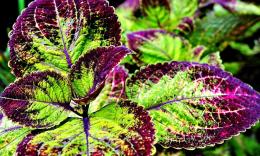
Coleus forskohlii has played an important role in traditional (Ayurvedic) medicine for thousands of years. But the Western world discovered this plant relatively recently. The root of the plant is used in medicine and is of particular interest to the scientific and medicinal communities.
Content:
What is
Coleus is a member of the Lamiaceae family, better known as the mint family. Plants in this group have square-shaped stems and are generally very aromatic due to their high essential oil content. A perennial herbaceous plant with an aroma similar to that of camphor.
It has green leaves, unlike its brightly colored decorative counterpart. Coleus flowers can be colored in shades from blue to lavender. Coleus reaches a height of 70 cm. The width varies somewhat depending on how often the leaves of the plant are thinned.
Where he likes to grow
It grows best in soil that is a mixture of rich loam and sand. Its native habitat is mountain slopes in India, Thailand and Nepal. This means the plant thrives in well-drained soil. Coleus forskohlii is a perennial plant that loves warm climates. It can take root in mid-latitudes, but the plant's lifespan will be shortened.
Categorically does not like the cold. Frost kills the stems and leaves, but the roots survive.If the plant grows in a cold climate, the soil should be mulched in late autumn to provide additional protection. For planting in cold climates, cuttings can be used for rooting. It is best to plant the plant in special containers, which will be transferred to a warm place for the winter.
Conditions for plant life
A heat-loving flower, it prefers a sunny climate, but in the heat of the day it is better to provide shade. It tolerates lack of moisture comfortably, but for better growth and lushness, it is preferable to provide abundant watering and maintain sufficient soil moisture. If the plant is planted not in open ground, but in a container, then moisture will be retained there much better.
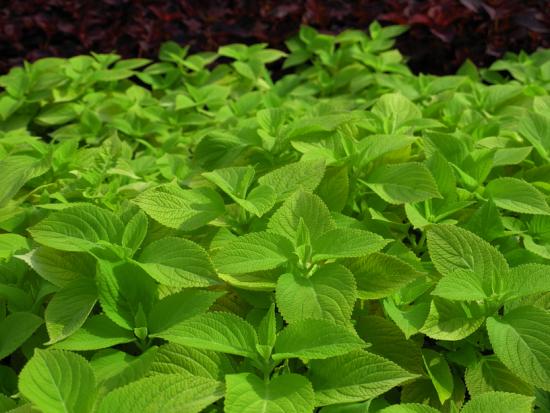
For a more attractive appearance and for better growth, excess leaves need to be removed from the stem. This will allow the flower to become more branched. To limit growth, you need to prune the coleus. This can be done throughout this growing season.
Where can it be used
Not only Ayurvedic medicine has found use for coleus, but also modern traditional medicine. Today, debates about fat burning products do not subside. properties plant root. Despite the fact that scientists are still studying its beneficial properties, people all over the world are already talking about its ability to fight excess weight. Weight loss medications containing coleus root extract are already commercially available. If you manage to grow a flower yourself, then it will be enough to simply dry and chop the root.
Then consume the powder with food. The impact on the body will be no less than from pharmaceutical drugs. Athletes also showed interest in the plant.I was attracted by their properties of burning fat and controlling muscle cramps. In addition, Coleus forskohlii gently stimulates metabolism by increasing thyroid hormones and increasing insulin secretion.
It promotes muscle growth, lowers blood pressure and relieves muscle spasms.
Based on the research that has already been carried out and on the thousand-year experience of our ancestors, we can identify areas in which coleus can be useful. Treatment asthma. Coleus forskohlii extract is a bronchodilator with an antihistamine effect.
For glaucoma, an eye disease that is accompanied by increased intraocular pressure. Coleus is used as eye drops that reduce blood pressure. Cardiovascular diseases. Substances in the plant reduce the risk of stroke, which is the amount of blood pumped with each heartbeat, and reduce the risk of blood clots.
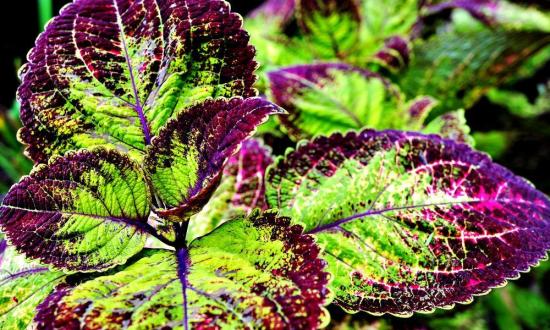
In addition, the herb reduces high blood pressure by relaxing arterial walls. The plant may also be useful if you have:
- Hypertension
- Treating bladder infections with pain relief
- Copes with allergic reactions, including eczema and psoriasis
- Overweight. By normalizing metabolism in the body
- Helps normalize sleep
- Muscle cramps (including menstrual cramps) and tension
- According to some data, it helps to cope with respiratory diseases
The dosage of the extract is approximately 50 ml up to three times a day. But given the wide range of therapeutic effects, it is not recommended to use forskolin or dried root flower without the supervision and recommendations of a specialist.Indian and Chinese research over the past two years has isolated a number of diterpenoids in the stem and leaves of Coleus forskohlii.
They have properties with an emphasis on treating stomach cancer and preventing metastatic (secondary) cancers. Studies conducted on animals have yielded good results. Not exactly a medical use of coleus in rural Kenya. There, the leaves of the plant replace toilet paper.
Contraindications
It is not recommended to use coleus-based preparations for pregnant or breastfeeding women. Should not be used by people with low blood pressure, poor blood clotting or stomach ulcers. Only as prescribed by a doctor if medications that enhance the effect of forskolin are used.
If surgery is planned, stop taking forskalin or crushed flower two weeks in advance. Coleus is not only a beautiful plant that will decorate the garden, but also a useful plant with a wide range of therapeutic effects on the body.
Video about the coleus plant:

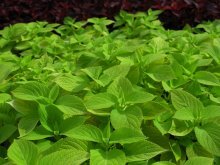
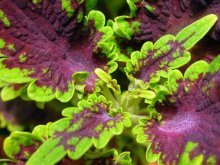
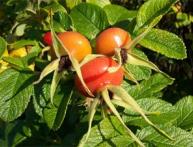
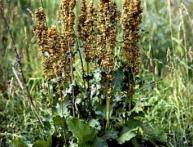
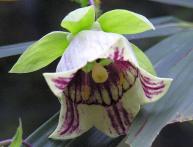
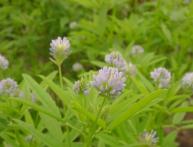

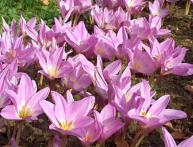

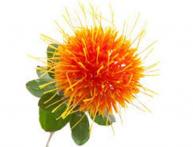
Comments
I think coleus is still grown as a houseplant. Our people call it Nettle. It is not whimsical, grows quickly, looks beautiful on windowsills. Not blooming, in my opinion.